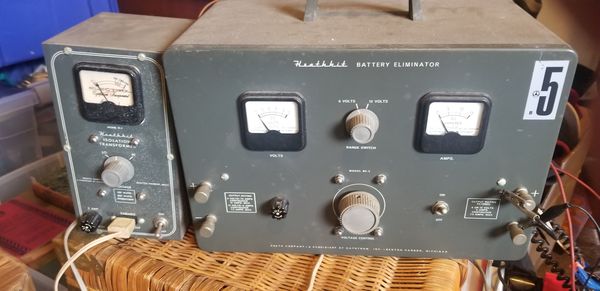

The main limitations are that the usable optical bandwidth is small and that a substantial electric power is required to drive piezo actuators creating the sound wave. This operation principle allows one to realize rather compact isolators for use on photonic chips. If those optical residences are positioned such that the ring is resonant for one propagation direction, resident coupling of the ring to the straight waveguide can cause substantial propagation losses.įor the opposite propagation direction, the induced loss can be much lower. Here, the rotation of the acoustic field causes a direction-dependent shift of resonance frequencies. In particular, it has been demonstrated that one can utilize rotating sound waves in a ring-shaped waveguide resonator, coupled to a straight waveguide. Therefore, alternative methods are under development, where non-reciprocal light propagation is obtained based on completely different physical mechanisms, not involving magnetic fields.

Here, the requirement of a strong magnetic field is a major problem.Īs mentioned above, conventional types of optical isolators based on the Faraday effect are hard to implement in the context of photonic integrated circuits. However, it is hard to develop ultra-compact devices for use in photonic integrated circuits.

This is a kind of magnetically induced optical activity.Įssential characteristics of Faraday isolators are: The vast majority of optical isolators are Faraday isolators, based on the Faraday effect, i.e., a rotation of the polarization direction caused by a magnetic field. Light injected into port 1 will exit at port 2, while input at port 2 will be sent to port 3, and input at port 3 to port 1. optical fibers.Ī variant is an optical circulator, having at least three optical ports. Many isolators are used with free-space beams, while others are coupled to waveguides, e.g.
#HEATHKIT 4540 OPTICAL ISOLATOR HOW TO#
How to cite the article suggest additional literature

In the reverse direction the backward traveling beam has a polarization orthogonal to the input polarizer and is therefore crossed with it, resulting in a rejected beam exiting the input polarizer.Definition: devices which transmit light in one direction but not in the opposite directionĬategories: general optics, photonic devices In operation, the magnet housing is sandwiched between input and output polarizers that have their transmission axis oriented 90 degrees relative to each other. The change in rotation as the wavelength shifts from the central wavelength is similar for both TGG and quartz, resulting in broadband operation. In the reverse direction, the two rotations are opposite and result in 0 degrees of rotation. In the forward direction, the two rotations add up, resulting in 90 degrees of rotation. Following the TGG crystal is a quartz reciprocal rotator with 45 degrees rotation. The strong longitudinal field causes 45 degrees of non-reciprocal polarization rotation for propagating light via the Faraday Effect in the Terbium Gallium Garnet (TGG) crystal located within the magnet housing. Strong Neodymium Iron Boron permanent magnets are used to generate >10,000 Gauss axially-oriented fields within the magnet housing.


 0 kommentar(er)
0 kommentar(er)
